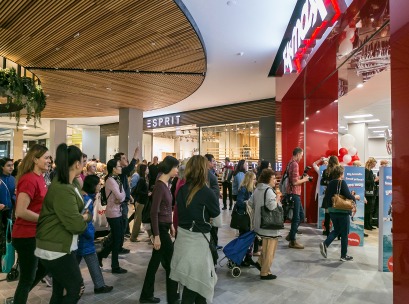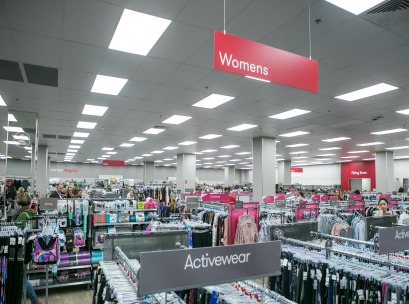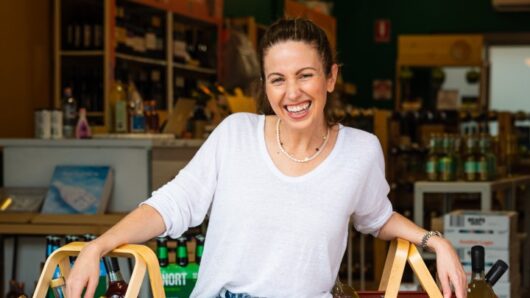
Global off-price retailer, TJX, has posted a six per cent increase in sales to $8.4 billion in its second quarter, also recording strong growth in the Australian market after launching TK Maxx in April earlier this year.
The European and Australian division posted strong overall growth of 19 per cent on a constant currency basis. However, the high level of the dollar depleted these gains, resulting in an 8.7 per cent uplift in real terms and a one per cent increase in same store sales, which is “rather slim”, according to Neil Saunders, managing director of GlobalData.
“Currency challenges and inventory accounting adjustments also compressed profits from the international divisions, resulting in a profit decline of 39 per cent in Canada and of four per cent in Europe and Australia,” he said. “These filtered through to the group bottom line where net income fell by 1.6 per cent.”
Saunders said currency pressures are likely to continue to be unhelpful, by masking and diminishing parts of the company’s operations that are delivering better rates of growth.
“Even so, TJX’s considerable success in the regions to which it has expanded and its continued share gains across those geographies paint a much more balanced picture of success,” he said.
“Looking ahead, we remain optimistic about TJX. It is a clear winner in the US market and still has considerable opportunities for further expansion both at home and overseas.”
During the second quarter ended July 29, 2017, the company increased its store count by 51 stores to a total of 3,913 stores. The company increased square footage by five per cent over the same period last year. At the end of the quarter, TK is operating 35 stores within Australia.

Bettina Kurnik, senior research analyst at Euromonitor International, said the impact of economic downturn on developed markets around the world has led to the development of more frugal retail models, which combine low prices with the thrill of the bargain hunt.
“Factors such as the evolution of private label and the growth of grocery discounters and warehouse clubs are perhaps the most ubiquitous examples in Australia, but there are a number of other ways that this trend has developed locally,” Kurnik told IRW.
“Others that spring to mind include the pursuit of low-cost indulgence through affordable luxury and exclusive massive, daily deals websites, and coupons, both physical and digital.”
Off-price retailing was worth US$64 billion globally in 2016, with growth within the category outpacing that of store-based retailing for the past five years. Apparel and footwear specialists made up 88 per cent of the total value of off-price retailers in 2016.
Kurnik said off-price retailing is best developed in North America, with 75 per cent of total sales within the category recorded in the United States in 2016.
“Australians are largely familiar with factory outlets, and off-price retailing is an extension of this model, selling an assortment of name brands to consumers at a reduced cost,” she said. “What these stores lose in margin thanks to markdowns, they gain by turning over a greater volume of product on a regular basis which helps create a ‘treasure hunting’ shopping experience.”





